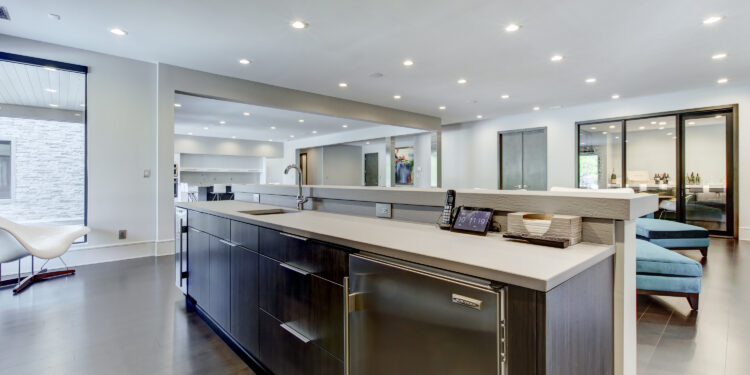Why Choose Granite at the Summit Quartz imitation marble?

The Granite au Sommet quartz imitation marbre are extremely popular because they imitate the marbles perfectly. Quartz offers you a wide variety of countertops from Silestone, Caesarstone, and Zenith.
Offered to imitate Carrara marble, from Calacatta to the Statuario, Quartz is polished and resists acids better than natural marble.
Why Quartz rather than Marble
- Marble features a very unique appearance. This metamorphic stone is heated and compressed limestone, a rock made mostly of calcium. Different minerals, like iron, present within the stone because it formed give marble its distinctive veins.
- Unfortunately, while marble is harder and more durable than limestone, it’s still made mostly of calcite. And calcite can react poorly to both acids and alkaline substances – including people who you employ in your kitchen a day, like juice, wine, and spaghetti sauce.
- Marble is additionally porous, so it’s going to absorb liquids and stain. While sealing and wiping up spills quickly can prevent a number of these issues, even the foremost vigilant homeowner will still see a point of etching and marking over time.
- Quartz countertops that appear as if marble is made very differently. Rather than calcite, they’re made from roughly 90% quartz – one among the toughest substances on earth – combined with pigments and resins. These resins make sure that the surface of your counter is non-porous – it won’t require sealing and it won’t stain. It also won’t etch or dull when it comes in contact with acids or alkalis.
Quartz countertop with marble effect:
- Imitation marble quartz is more immune to acids, commercial detergents, fruit juice, citrus juice, wine, and coffee than natural marble.
- The density of the fabric (with very low porosity) minimizes the danger of stains.
- The counters of the quartz marble effect are offered with options cuts, finishes, and thicknesses. Silestone, Caesarstone, and Zenith quartz countertops are often most commonly used in countertops.
Quartz Counter with the Marble look:
- The imitation marble quartz countertops are very immune to stains. If a stain does occur, it’s always easy to obviate it.
- Before treating stains, try removing the stain with a soft cloth dampened with soap and water.
- For sticky spots, use a blade to scrape the quartz surface first. Then contact us for our instructions counting on the sort of stain.
- Maintenance and cleaning of quartz.
Application-Based Purpose:
The most common areas of use for quartz countertops are budget apartment buildings, budget hotels, and senior housing. Most developers want a cheap alternative to relative material stones, like marble or granite for countertops. Primarily, the quartz product is employed on countertops, but has other uses also.
Quartz are often featured on walls, custom tabletops, and used for backsplashes, leaving the applications of quartz within the realm of interior design to be endless. When trying to find an accent wall or unique addition to a home, apartment, or hotel, quartz remains a solid choice if the main target is on affordability, upkeep, and customization. These various applications have the power to be altered to go with the color scheme and chosen search for the space.
Conclusion:
Granite may be a purely natural stone that comes directly from stone quarries and is then dig thin slabs, polished, and fabricated into countertops.
Quartz countertops are engineered stone products which will contain an outsized percentage of natural quartz but can also include other minerals. But these aren’t slabs of quarried stone in the least but are instead formed from stone byproducts that are ground up and formed into slabs for countertops and other products.






